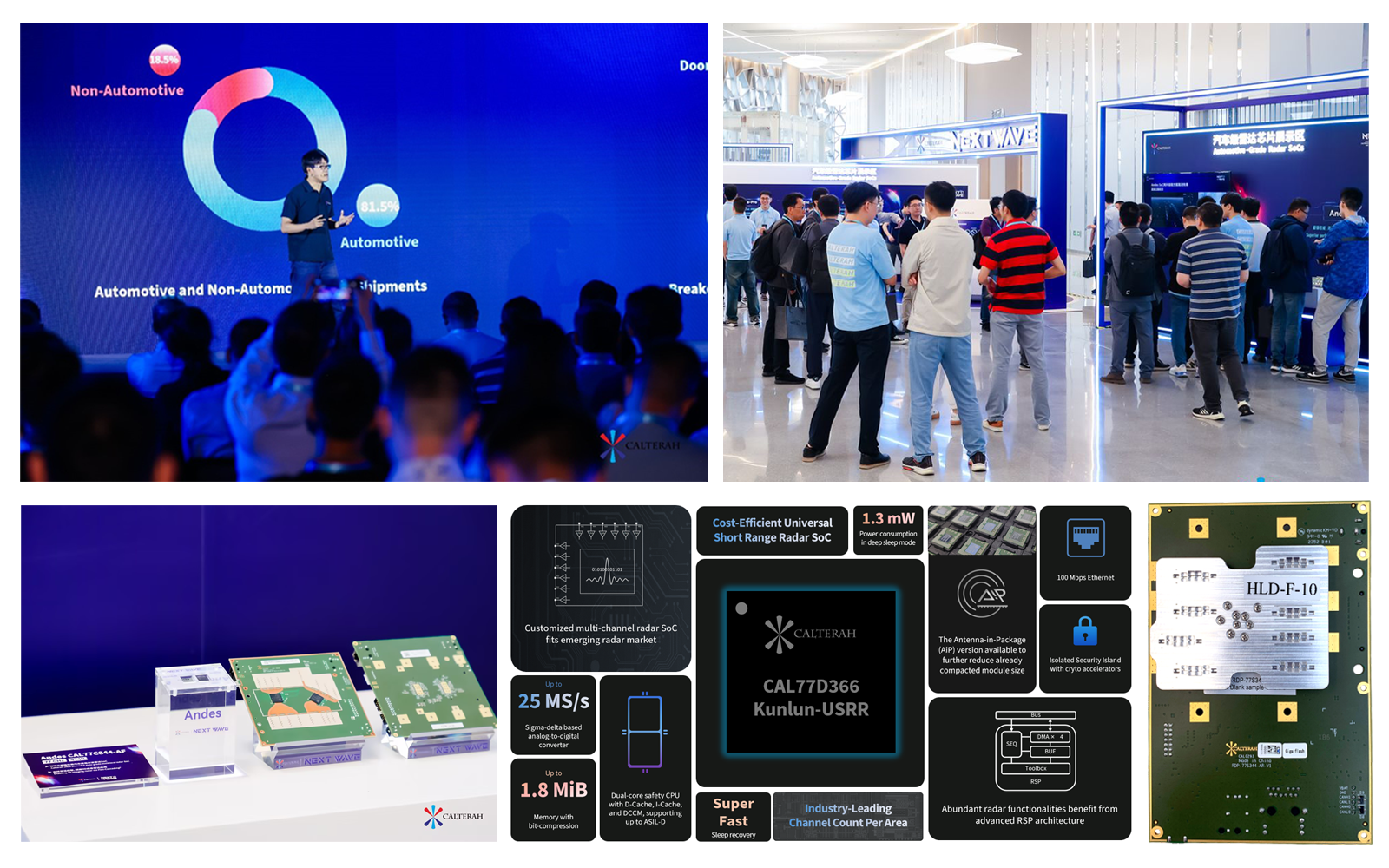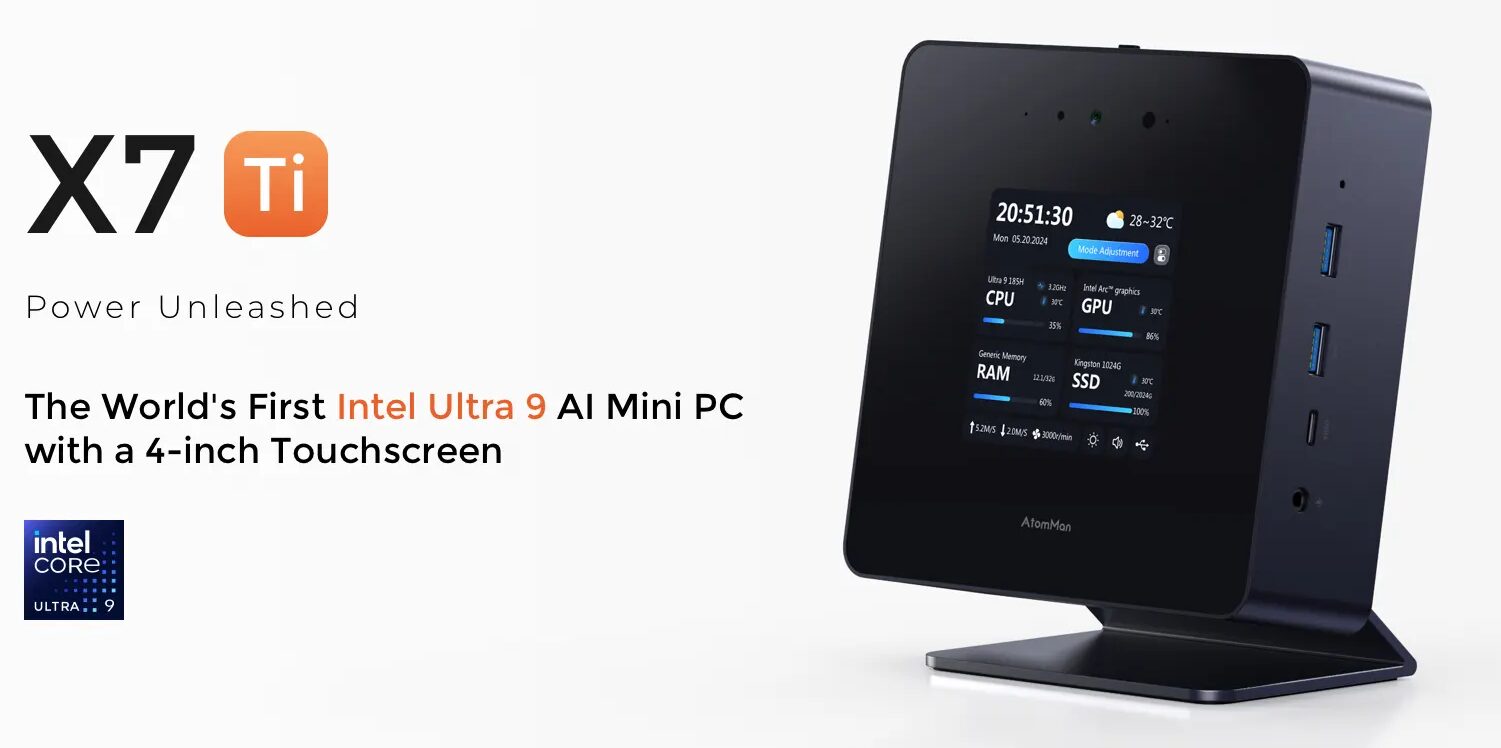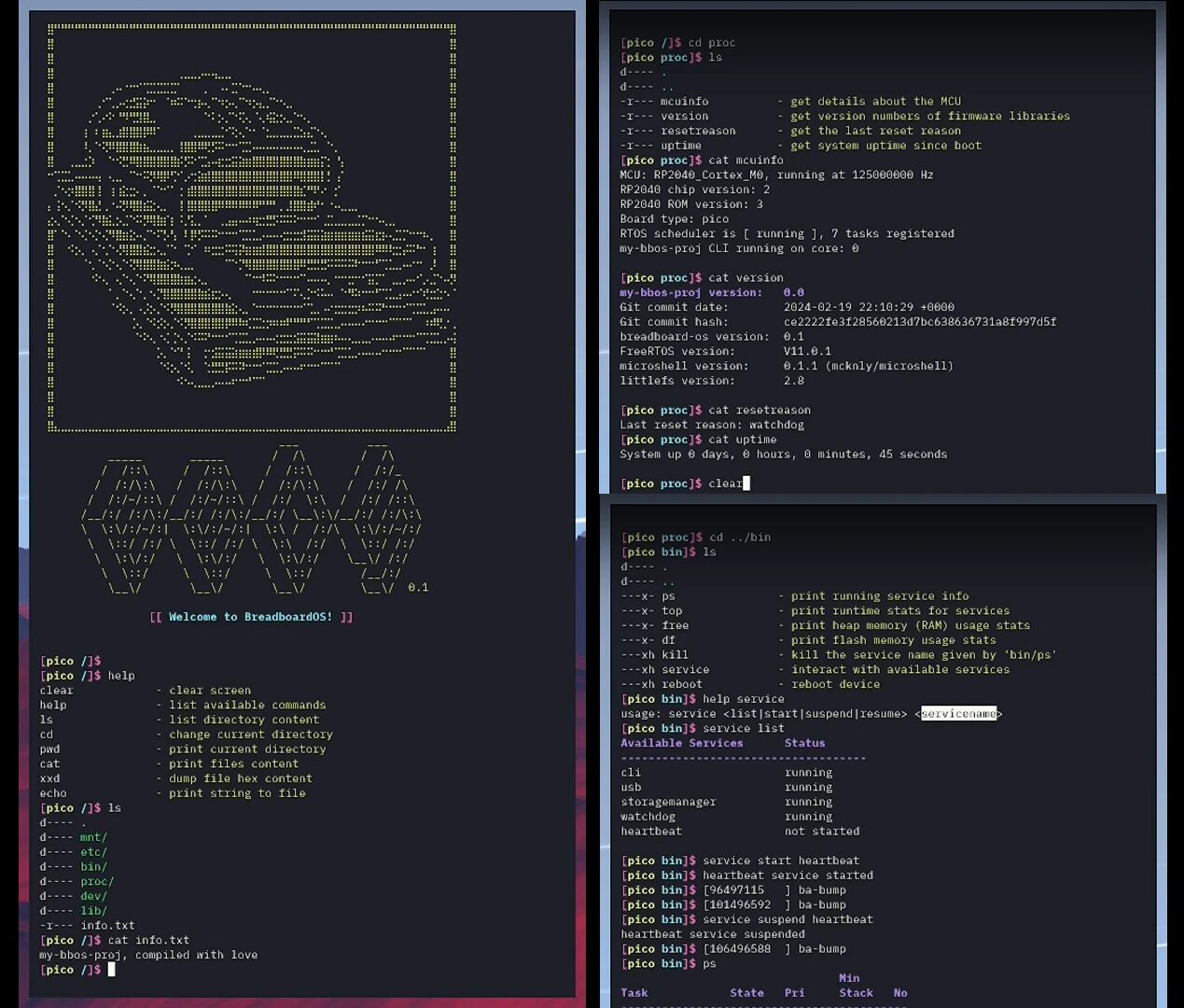
The 22nm CMOS SoCs, which will be available from June 2024, integrate an RF module and include a quad-core CPU with a DSP and proprietary radar signal processor.
Flex-Cascading allows the two SoCs to be cascaded through chip-to-chip interfaces. This allows developers to implement an imaging radar system which is scalable and which allows software reuse, confirmed the company.
The imaging radar systems supports up to 64 MIMO channels and has a detection range of up to 320m with a 1.5° azimuth separation and a 3° elevation separation. It is also capable of outputting 2048 point targets/frame. The company also reported field tests which demonstrated separation of strong and weak targets in complex traffic scenarios, hidden target detection and detection at road intersections or junctions on highways.
Another introduction at the company’s open day held in Shanghai on 6 June (pictured), was the Calterah Kunlun automotive mmWave radar SoC, developed to provide improved angular and spatial resolution in a small form factor and with low power consumption for emerging applications, such as automatic obstacle avoidance doors, passenger monitoring, and child presence detection.
The 77GHz Kunlun-USRR (universal short range radar) and 60GHz Lancang-USRR SoCs have 6T6R operation for angular performance. Each integrates a flexible and powerful radar signal processor which allows customised signal processing flows. Different power modes can be selected to ensure low power consumption of short-range radar. The SoCs are packaged in a 13mm x 16mm antenna-in-package (AiP), suitable for integration in vehicles’ interior and exterior ADAS.
Kunlun-USRR and Lancang-USRR SoC samples are expected to be available in Q4, 2024.
There was also a new mmWave packaging technology – Radiator on Package or ROP. This is optimal for waveguide antenna systems, said Calterah and will be applied in the Alps-Pro and Andes SoC offerings.
The packaging uses radiators to transmit signals to a waveguide antenna system. This, said Calterah, “greatly reduces antenna feedline loss and improves channel isolation” in order to meet the radar requirements of longer detection ranges and wider field of view systems.
Calterah expects to ship over 6m chips in 2024 and reported accumulative chip shipments of over 8m units at Q1 2024.






